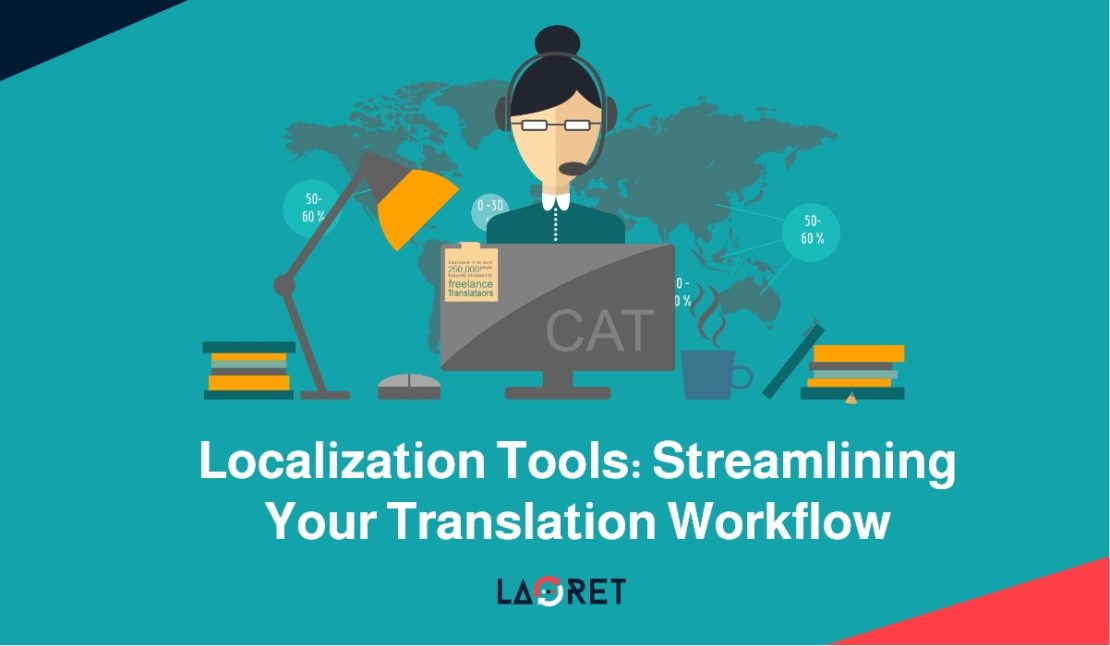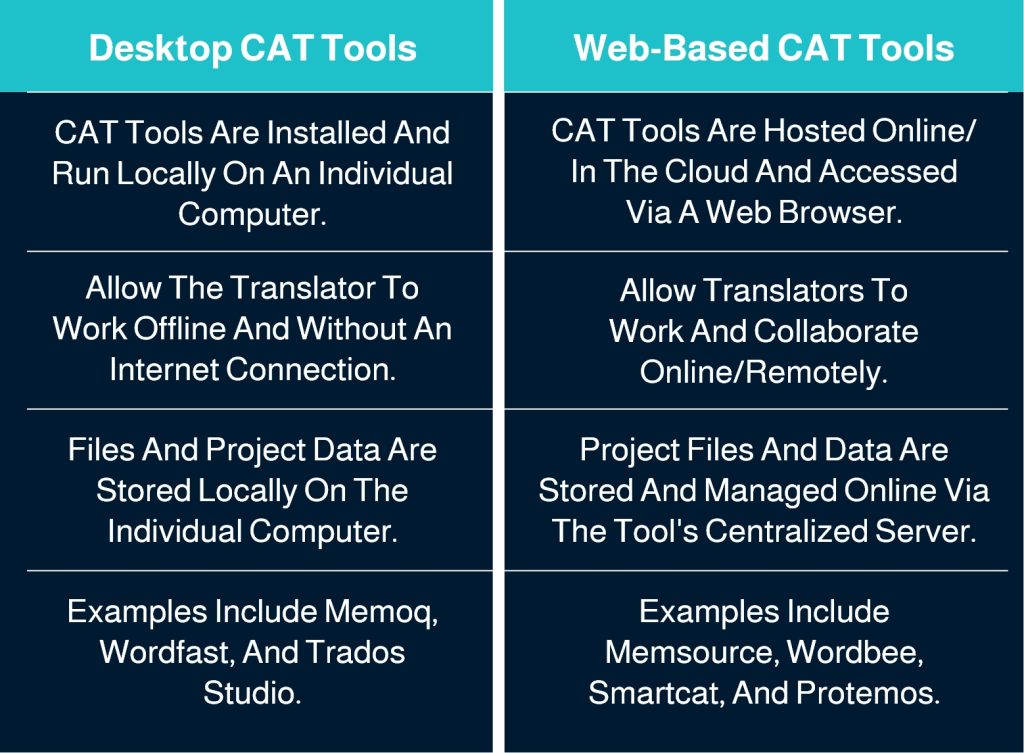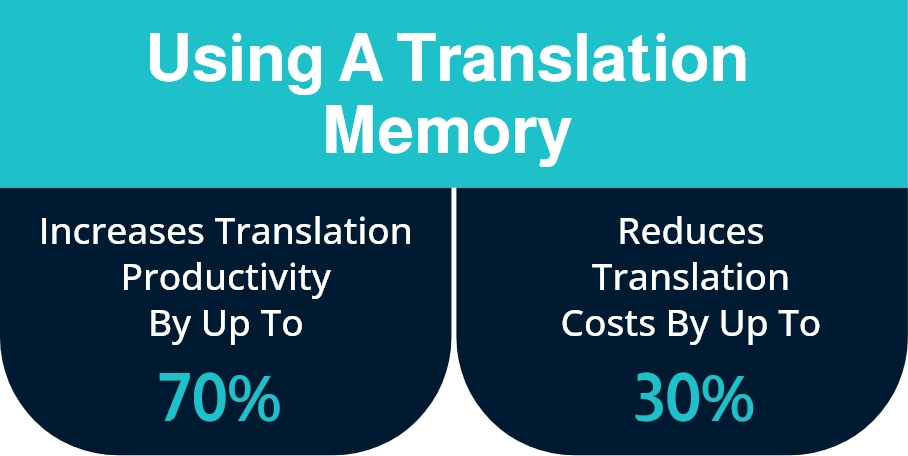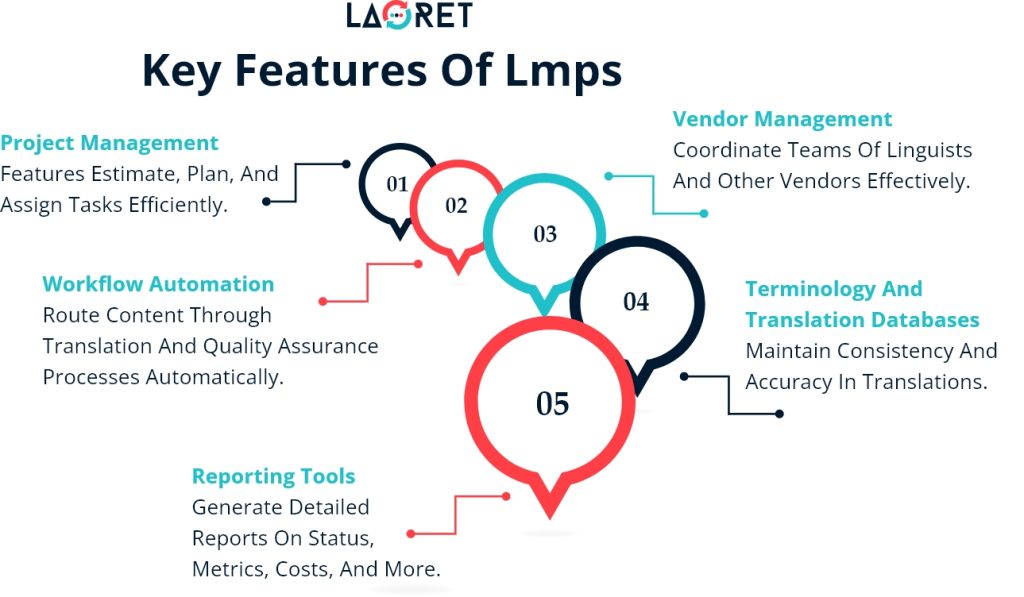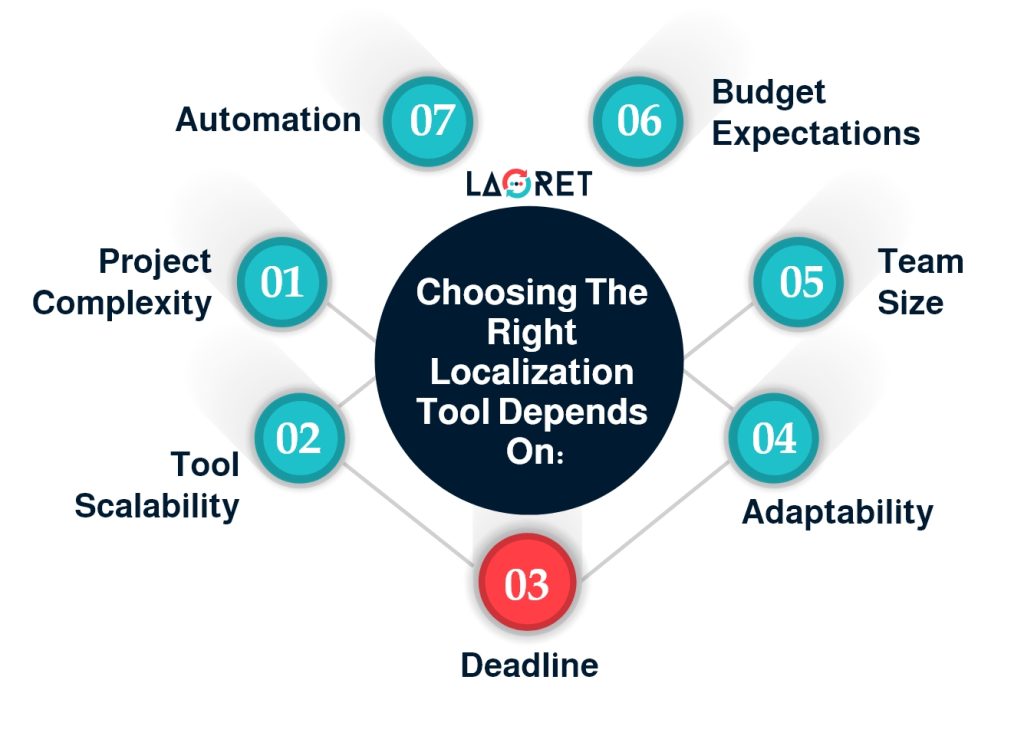Localization Tools: Streamlining Your Translation Workflow
As companies venture into new markets, they face the complex challenge of adapting their content, products, and services to meet the linguistic, cultural, and functional expectations of diverse target audiences.
And for this, they often go for effective localization solutions to create authentic and engaging experiences, fostering trust and loyalty among global customers.
However, managing localization can be daunting, especially for businesses with limited resources or expertise. The intricacies of handling multiple languages, coordinating translation teams, and ensuring consistency and accuracy across all localized content can quickly overwhelm even seasoned project managers.
That’s why integrating specialized localization tools is crucial. In this blog post, we explore powerful tools like TMS and CAT tools, designed to streamline and optimize your localization process.
Table Of Contents:
[/text]Top Best Localization Software Used In The Industry
At their core, localization tools aid the process of adapting offerings for specific international audiences. But what exactly do these solutions entail?
In practical terms, localization tools streamline the adaptation of content and digital experiences to specific languages, cultures, and regions. Their functions include translating, customizing and centrally managing localized content at scale.
Some of the leading localization software solutions in the industry include:
- CAT tools
- Translation Management System (TMS)
- Term Base
- Translation Memory (TM)
- Quality Assurance tools
- Content Management System (CMS) with localization features
These localization tools offer a range of features and capabilities to streamline the translation and localization process, such as translation memory, terminology management, quality assurance checks, and collaboration tools for teams. Each solution has its own strengths and is designed to cater to different business needs and scales.
So let’s delve into some of the tools and their outstanding features.
A Closer Look At Localization Tools & What They Do
Computer-Aided Translation (CAT) Tools
Computer-assisted translation tools are a translator’s most valuable sidekick. Equipped with features like terminology databases, translation memories, and integrated quality checks, CAT software streamlines the localization process.
For instance:
- Terminology tools maintain consistent branding and technical jargon across projects.
- Translation memories streamline the translation of repetitive segments (We will explain how in detail in the section below)
- Automated quality checks detect potential errors in translated text, maintaining high quality and accuracy.
Two varieties of CAT Tools exist – desktop and web-based options. Here is a quick overview of how they differ.
- Desktop CAT tools are installed and run locally on an individual computer, allowing professional translators to work offline without an internet connection, with files and project data stored locally (e.g memoQ, Wordfast, and Trados Studio)
- On the other hand, web-based CAT tools are hosted online or in the cloud, accessed via a web browser, enabling translators to work and collaborate remotely, with project files and data stored and managed online via the tool’s centralized server (e.g. Memsource, Wordbee, Smartcat, and Protemos.
In general CAT Tools are commonly used for the amazing results they show in terms of productivity and efficiency. A recent survey by ProZ shows that 93% of CAT tool users agree using a CAT tool helps them translate content more efficiently.
Translation Memory (TM) Tools
Translation Memory (TM) has become a game-changer in the localization industry, transforming the way translations are handled and ensuring consistency across various languages. This powerful feature stores previously translated segments, allowing them to be reused in future projects, reducing translation costs by 30% and resulting in up to 70% increase in overall productivity. In general, they enable translators to:
- Work Faster & Smarter
- Get Consistent Translations
- Reduce Cost Significantly
- Enjoy A Centralized Database for All Translations
Types of Translation Memory (TM) Tools
-
Local TM
This type of TM is stored on a translator’s local computer and is accessible only to that individual translator.
-
Server-based TM
A server-based TM is hosted on a centralized server and can be accessed by multiple translators simultaneously.
-
Project-specific TM
This is another common type of translation memories that is created for a specific project and contains only the translations relevant to that project.
-
Master TM
Also known as a reference TM, this type of TM contains all the approved translations for a specific client or domain.
-
Multilingual TM
This type of TM contains translations in multiple language pairs, allowing for the reuse of translations across different language combinations.
-
Aligned TM
This type of TM is created by aligning existing translated content with its corresponding source text.
Localization Management Platforms (LMPs)
A localization management system (LMS) is a powerful tool designed to streamline and optimize the entire localization process. It provides a user-friendly interface that enables easy navigation and translation projects management, making it accessible to users with varying levels of technical expertise.
- The system automates workflows, ensuring that tasks are assigned to the right people at the right time, minimizing delays, and improving efficiency.
- It allows translators and editors to make changes to multiple files or segments simultaneously, saving time and effort.
- It allows team members to work together seamlessly, regardless of their location or role in the project.
- The system offers settlement services, which help manage financial transactions and invoicing, reducing administrative overhead and streamlining the payment process.
- The system enables the creation of tasks, generation of reports, and real-time tracking of localization workflow progress, fostering a collaborative and transparent work environment.
Content Management Systems (CMS) with Localization Features
CMS platforms that incorporate localization capabilities offer a streamlined solution for creating, translating, and publishing content in multiple languages.
These localization platforms provide a centralized hub for managing content, making the localization process more efficient and effective. Utilizing CMS with built-in localization features enables businesses to:
- Centralize Content Management
- Streamline the Localization Process
- Improve Collaboration
- Ensure High-Quality Translation
- Boost Operational Efficiency
Choosing the Right Localization Tools
When selecting the optimal tool for your localization project, you’ll need to navigate the extensive landscape of localization software solutions with a strategic and well-informed approach.
To make the best decision, carefully evaluate the following critical factors:
- Project Complexity: Assess whether your needs range from simple text translations to large multimedia projects.
- Target Deadlines: Consider if you need tools that offer speedy turnarounds to meet tight deadlines.
- Adaptability: Determine if the tools need to be desktop-based, web-based, or integrated with other systems.
- Team Size: Evaluate the size of your team and their training requirements.
- Budget: Ensure your budget can accommodate learning curves or premium support services.
- Scalability: Choose tools that can scale with your translation demands over time.
- Automation: Look for features that automate tasks to save time and effort.
Find All Your Localization Services in One Place, At Laoret
At Laoret, we offer top-tier software localization services, website localization services, and a comprehensive set of solutions for all your translation or localization projects.
We are ISO-certified and follow the best-in-class practices to ensure the highest quality standards in every project we undertake. With Laoret, you can be confident that your content will be consistent, culturally relevant, and precisely tailored to each target market.
Ready to transform your translation processes?
Contact Us today to discover how our expert localization services can transform your business and help you achieve seamless international success.

